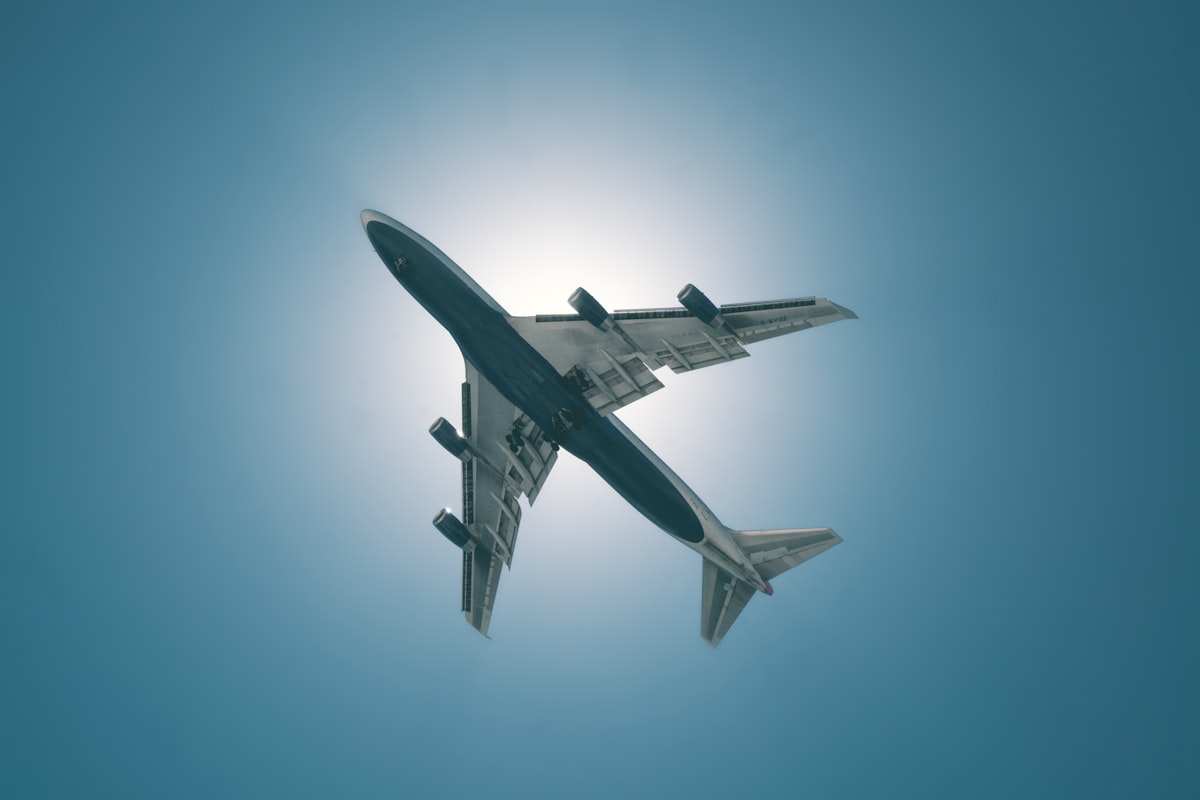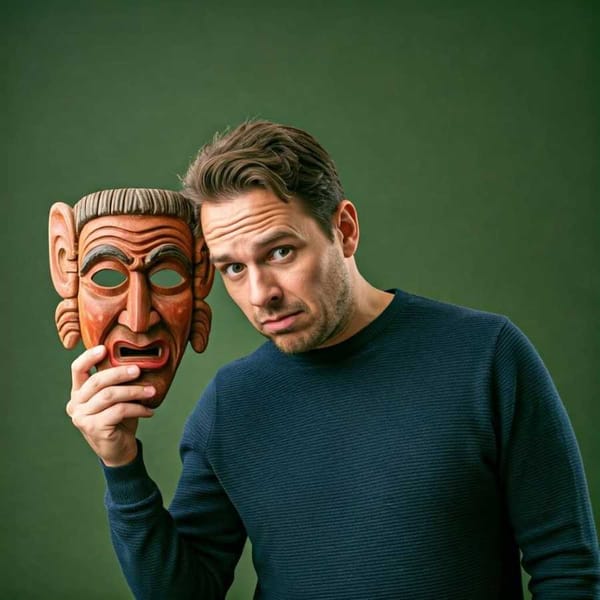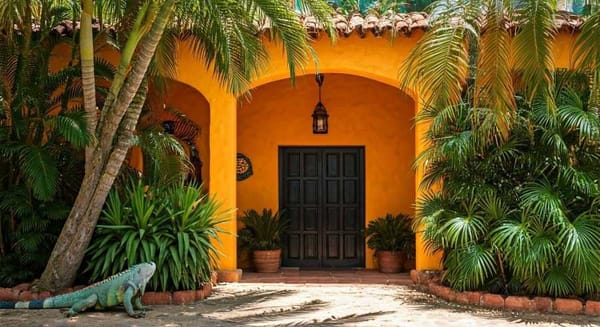How to get to the Felipe Angeles International Airport by public transportation?
In Mexico City and the State of Mexico, there are several routes to take public transportation to Felipe Angeles International Airport, depending on the distance, time, and price.

In Mexico City and the State of Mexico, there are several routes to take public transportation to Felipe Angeles International Airport, depending on the distance, time, and price.
Routes from downtown, south, west, and east of Mexico City
Benito Juarez International Airport, $125.00 pesos, 1hr. 40min.
Mundo E" shopping mall, $125.00 pesos, 1hr. 30min.
National Auditorium, 125.00 pesos, 1hr. 40min.
Perisur shopping mall, 150.00 pesos, 2hrs. 15min.
Santa Fe Shopping Mall, 150.00 pesos, 2hrs. 10min.
World Trade Center, 125.00 pesos, 1hr. 40min.
Cuautitlán Izcalli, 125.00 pesos, 1hr. 45min.
Intermodal Terminal Indios Verdes, 50.00 pesos, 50min.
Intermodal Terminal Ciudad Azteca, 18.00 pesos, 1hr. 10min.
In case you do not want to take these routes, you can take a cab or a transportation service through Uber, DIDI, etc. applications. However, this public transportation is usually more expensive, as it is estimated that a trip from the Mexico City Zocalo to AIFA would cost 350 pesos.
Bus terminals
Central de autobuses del Norte, 125.00 pesos.
Central de autobuses del Sur, 125.00 pesos
Central de autobuses Oriente, 125.00 pesos
Central de autobuses Poniente, 125.00 pesos
Why is it called Felipe Ángeles Airport?
On several occasions, President Andrés Manuel López Obrador (AMLO) has mentioned General Ángeles and emphasized his role in the Revolutionary War, to such an extent that the President named the airport after the military man. On more than one occasion AMLO has highlighted the military as well as the intellectual and spiritual legacy of Felipe Ángeles in the construction of post-revolutionary Mexico:
"He was a man loyal to President Francisco I. Madero, was cultured, principled, and idealistic, who always sought dialogue and conciliation. He was a clear example that it is possible to be a humanist and a military man". Of both he recognizes their dedication to Mexico and its institutions, in such a way that the President also assumes Felipe Ángeles as a "martyr of democracy", but who is Felipe de Jesús Ángeles Ramírez?
Who is Felipe de Jesús Ángeles Ramírez?
"My death will do more good to the democratic cause than all the efforts of my life because the blood of martyrs fertilizes the soil where ideals sprout". With these words, the brigadier general said goodbye to the earthly plane moments before presenting his chest to a firing squad, at the dawn of November 26, 1919.
In addition to his family, the brigadier (who died at the age of 34) left behind his love for his country, God, and the search for a better and more humane future for Mexico. Of military lineage, his father was Colonel Felipe Ángeles Melo, one of the protagonists of the battle of Calpulalpan against Miguel Miramón, one of the generals of the conservatives of the 19th century who sought to establish a second Empire headed by Maximilian of Habsburg.
Felipe Ángeles' father was one of the men-at-arms decorated by Benito Juárez himself; after the war, Ángeles Melo held several political positions in Hidalgo, the birthplace of the man whose name will bear the Santa Lucía airport. Ángeles Ramírez grew up in a liberal family with a deep love for his country. At the age of 14, he entered the Military College in Chapultepec Castle, with a scholarship from the government of Porfirio Díaz.
The future brigadier general stood out for his intellectual height and his ability to write articles and books, but not only that, he was one of the best artillerymen in Mexico. As the years went by, Felipe Ángeles was promoted at the Military College, where he was also a teacher, and from this experience, he came up with the idea of reforming military education based on humanism and the own criteria of each soldier.
By 1910, when the Revolution was led by Francisco I. Madero broke out, Ángeles Ramírez was in Europe but he returned after Madero's call, who appointed him Director of the Military College and promoted him to Brigadier General. His humanist disposition was evident during the Revolution as he was in charge of subduing the Zapatista rebellion in the south of Mexico, which he tried to do through a conciliatory strategy.
In his combat actions he implemented what was called "gentleman's warfare", that is to say, he prohibited his troops from killing the wounded and/or prisoners, as well as avoiding reprisals against civilians who supported the opposing side. His courage and military capacity gave him such prestige that he was one of the trusted men of the "Centaur of the North" Pancho Villa, but some other military men of the time despised him for it.
After Victoriano Huerta's coup d'état against Madero, and the events of "La Decena Trágica" he was arrested together with Madero and Pino Suárez but his military prestige freed him from the wall and sent him into exile. He lived outside Mexico until 1913 when he returned to join the Constitutionalist side led by Venustiano Carranza, of whom he was Secretary of War; after comings and goings, a year later he was fighting alongside Pancho Villa.
Until 1918 he was among Villa's army but in 1919 he was betrayed and condemned to death (November 1919). In the early morning of November 26, 1919, General Felipe Ángeles faced his destiny in the 21st Cavalry Regiment of Chihuahua. He predicted that his blood would nourish the democratic struggle. One hundred and two years later, the President of Mexico will honor his memory by naming an airport after him.




